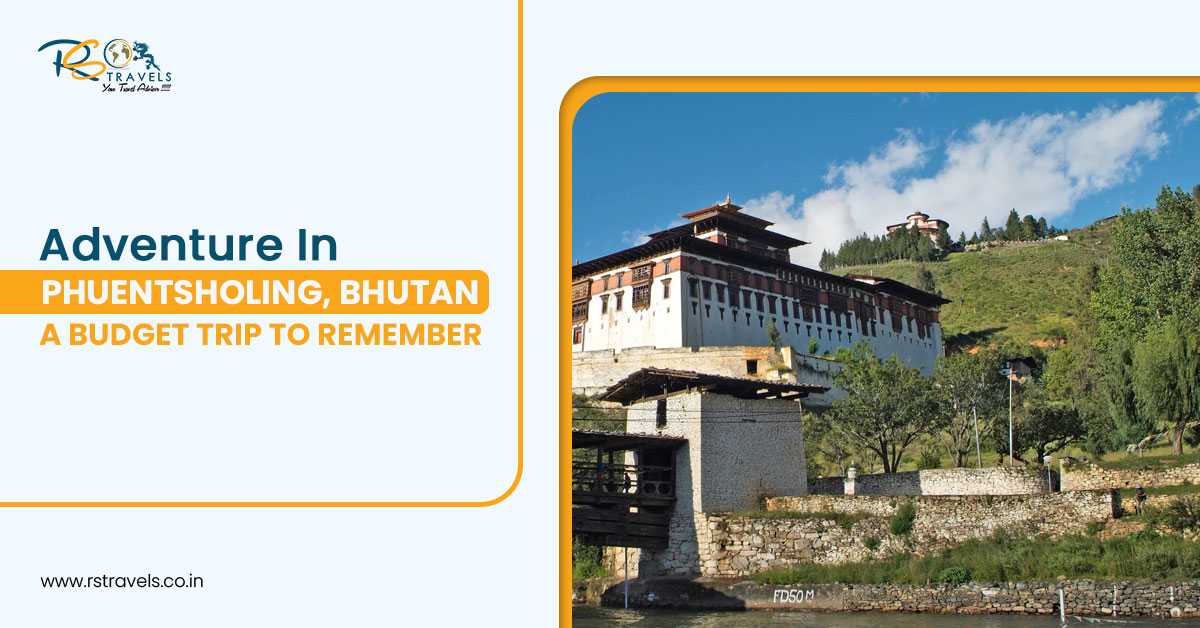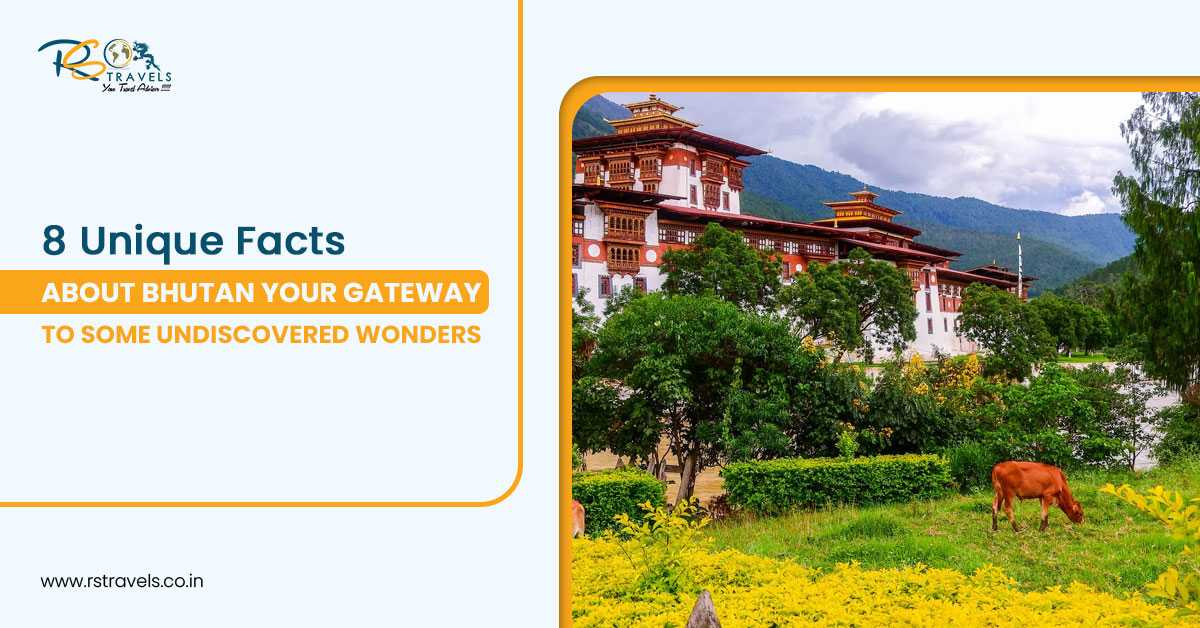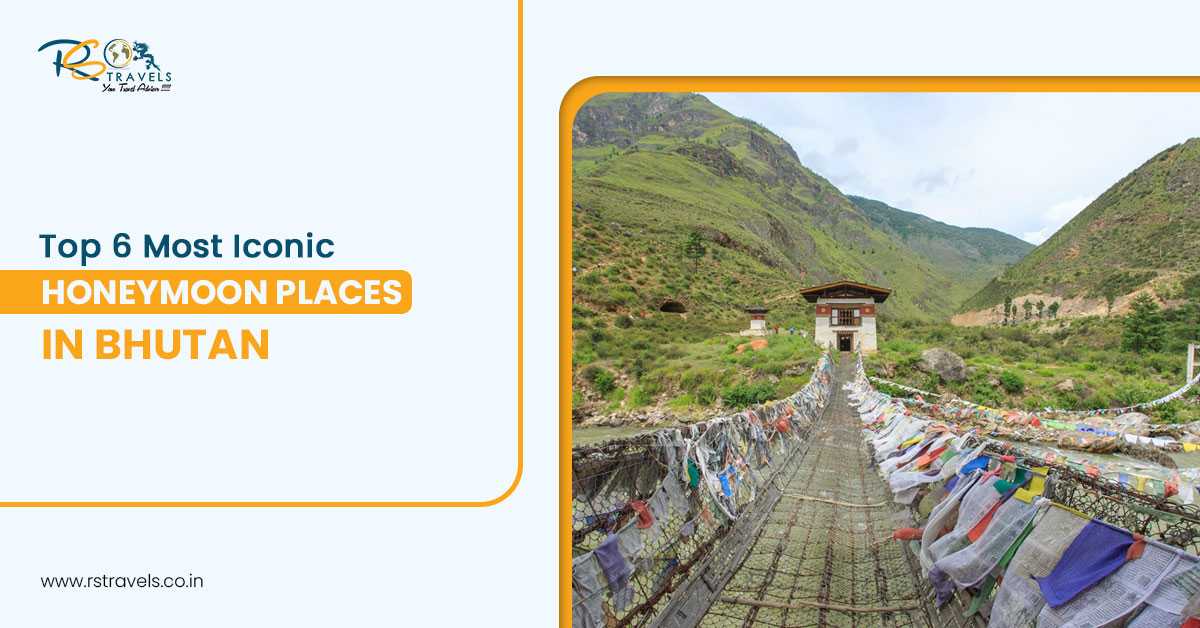Thimphu is an earthly paradise indeed! It is espoused by the breathtakingly beautiful provinces. The capital of fascinating kingdoms of the world claims ownership of the lofty mountains, prolific vales, and enchanting woods. The unique tradition with dazzling hues and the cultures so divine with a touch of modernity proclaims Thimpu as the abode of absolute bliss. The plethora of strikingly adorned and architecturally renowned historic sites represents the capital. Thimphu is one of the bizarre provinces in the world where the archaic and modernity blend to yield an exceptional impression. So, once in a lifetime be prepared to get intrigued by Thimphu sightseeing, delving into the enrapturing realm of the serene capital. When you yearn for peace, and a quest for freedom, surrender yourself to the call of Thimphu. Ensure to have a glance into Thimphu Bhutan points of interest for an everlasting evocation. Come explore the most charming capital in the world.
How to reach
As a landlocked kingdom, Bhutan approves only two ways to enter into its kingdom. One is by road through Phuentsholing. The other is by air, which is possible by a flight to Paro. It takes about one hour drive to the capital city from Paro.
Where to stay
Being the capital and the most exotic city in the world, Thimpu witnesses a huge influx of the tourists along with foreign diplomats and officials. Thus, Thimphu Bhutan maintains an impressive range of hotels. The excellent categories of hotels are in abundance. You can also find Thimpu hotels at a decent price.
Best time to visit Thimphu Bhutan
Each season has its own charm. Thimphu Bhutan is bequeathed with the best weather in spring and in autumn. Flowers adorn the realm during spring, whereas the pristine white snow embraces the province in winters. However, the best time to visit Thimphu for the nature lovers is during the months of March April and May. If you love the mild weather and the gaiety of the festivities, September, October, and November would be the ideal time. If you want to avoid the high tariff, opt for June, July, and August for Thimpu exploration. December, January and February is the best time for those who are on a quest for seclusion.
1. Tashichho Dzong:
 The splendid Tashichho Dzong is the excellent personification of the architectural skill set of the ancient Buddhists. The Dzong is spiritually and culturally significant for organizing the countrys grand Tshechu celebrations.
The splendid Tashichho Dzong is the excellent personification of the architectural skill set of the ancient Buddhists. The Dzong is spiritually and culturally significant for organizing the countrys grand Tshechu celebrations.
2. Changangkha Lhakhang:
 Established in the 12th century, one of the most sacred and popular temples is the delight for the pilgrims. Perched on a ridge above the heart of the city, it is the place where the new born attains the blessings.
Established in the 12th century, one of the most sacred and popular temples is the delight for the pilgrims. Perched on a ridge above the heart of the city, it is the place where the new born attains the blessings.
3. Weekend Market:
 The gaiety weekend market at Thimpu is the meeting point of the vendors from throughout the province. One will be delighted to buy the delicate cheese and the fresh curly ferns, luscious fruits and the fresh organic veggies. You will find the bottles of unadulterated honey to cubes of camphor, red rice, dried fish, and more.
The gaiety weekend market at Thimpu is the meeting point of the vendors from throughout the province. One will be delighted to buy the delicate cheese and the fresh curly ferns, luscious fruits and the fresh organic veggies. You will find the bottles of unadulterated honey to cubes of camphor, red rice, dried fish, and more.
4. National Memorial Chorten:
 The mesmerizing whitewashed Chorten is the most visible religious structures in Thimphu. Established in 1974, it is the focus of the daily worship of the Bhutanese.
The mesmerizing whitewashed Chorten is the most visible religious structures in Thimphu. Established in 1974, it is the focus of the daily worship of the Bhutanese.
5. National Textile Museum:
 Introducing the major weaving methods, the National textile museum presents a wide range of Bhutanese attire worn. It owns the clothes worn by the members of the royal family, the crown and a collection of some interesting books.
Introducing the major weaving methods, the National textile museum presents a wide range of Bhutanese attire worn. It owns the clothes worn by the members of the royal family, the crown and a collection of some interesting books.
6. National Institute of Zorig Chusum:
 Relatively famous as �the painting school this Institute commences four to six-year courses that impart knowledge in Bhutans 13 traditional arts. The impressive craft demonstrations are a photographers delight.
Relatively famous as �the painting school this Institute commences four to six-year courses that impart knowledge in Bhutans 13 traditional arts. The impressive craft demonstrations are a photographers delight.
7. Simtokha Dzong:
 Established in 1629, Simtokha Dzong is located 5 km away from Thimphu. Associated with legends it is first ever structured Dzong to incorporate both monastic and administrative facilities. It is the oldest Dzong to have survived a complete structure.
Established in 1629, Simtokha Dzong is located 5 km away from Thimphu. Associated with legends it is first ever structured Dzong to incorporate both monastic and administrative facilities. It is the oldest Dzong to have survived a complete structure.
8. Bhutan Thailand Friendship Park:
 The alluring tiny park exhibits Thai-style pavilion. You will see a small chapel dedicated to goddess Tara. It is an excellent place for a recreation.
The alluring tiny park exhibits Thai-style pavilion. You will see a small chapel dedicated to goddess Tara. It is an excellent place for a recreation.
9. SAARC Building:
 Established in the 1990s for South Asian Association for Regional Cooperation (SAARC), this building is an example of excellent Bhutanese architecture.
Established in the 1990s for South Asian Association for Regional Cooperation (SAARC), this building is an example of excellent Bhutanese architecture.
10. Wangditse Goemba:
 Owning the two storey statue of Sakyamuni Buddha, this goemba was built in 1750. Situated on a hillside, this place approves the best time of visit in December.
Owning the two storey statue of Sakyamuni Buddha, this goemba was built in 1750. Situated on a hillside, this place approves the best time of visit in December.
11. Bhutan Postal Museum Post Office:
 Are the lover of stamps? This place is the absolute delight for the Philatelists. Five galleries trace the progress of Bhutanese postal system, from the earliest to modern stamps are collected here.
Are the lover of stamps? This place is the absolute delight for the Philatelists. Five galleries trace the progress of Bhutanese postal system, from the earliest to modern stamps are collected here.
12. Royal Botanical garden:
 Royal Botanical garden is the abode to more than 500 species of plants. It is one of the weekend gateways for the locals. Horticultural enthusiasts will find this place appealing.
Royal Botanical garden is the abode to more than 500 species of plants. It is one of the weekend gateways for the locals. Horticultural enthusiasts will find this place appealing.
13. Changlimithang Stadium:
 It is the site of 1885 battle that enabled the supremacy of Bhutans first king. The Kings birthday is celebrated here (21 to 23 February).
It is the site of 1885 battle that enabled the supremacy of Bhutans first king. The Kings birthday is celebrated here (21 to 23 February).
14. Zangto Pelri Lhakhang:
 Adorned with the array of 4m-high idols, this private chapel was built by Dasho Aku Tongmi in the 1990s, who composed the Bhutans national anthem. It is the replica of Guru Rinpoches heavenly habitation.
Adorned with the array of 4m-high idols, this private chapel was built by Dasho Aku Tongmi in the 1990s, who composed the Bhutans national anthem. It is the replica of Guru Rinpoches heavenly habitation.
15. BBS Tower:
 Bhutans Broadcasting Service (BBS) tower is worth the climb, as it rewards the breathtaking view of Thimphu valley. Ascend up the slope in the afternoon. The valley is worth taking out your camera.
Bhutans Broadcasting Service (BBS) tower is worth the climb, as it rewards the breathtaking view of Thimphu valley. Ascend up the slope in the afternoon. The valley is worth taking out your camera.
16. National Library:
 Founded in 1967, the National library is the storehouse of ancient Dzongkha and Tibetan Scripts. It is an excellent historical Bhutanese architecture and the ancient photos.
Founded in 1967, the National library is the storehouse of ancient Dzongkha and Tibetan Scripts. It is an excellent historical Bhutanese architecture and the ancient photos.
17. Pangri Zampa:
 This building is a college for traditional astrology. It was established in the early 16th century. Legend is associated with the complex. Even if the chapels are closed, it is a perfect photogenic halt.
This building is a college for traditional astrology. It was established in the early 16th century. Legend is associated with the complex. Even if the chapels are closed, it is a perfect photogenic halt.
18. National Institute of Traditional medicine:
 This Institute gathers the medicinal plants from remote regions of the Bhutanese Himalayas. Established in 1978, the specific interest is �yartsa goenbub the high altitude caterpillar, that has been mummified by a fungus. This intriguing worm root has a value up to US$25,000 per kilogram in China.
This Institute gathers the medicinal plants from remote regions of the Bhutanese Himalayas. Established in 1978, the specific interest is �yartsa goenbub the high altitude caterpillar, that has been mummified by a fungus. This intriguing worm root has a value up to US$25,000 per kilogram in China.
19. Choki Traditional Art School:
 Ensure a visit to this School, if you are enthusiastic about arts and crafts. Located at Kabisa Village, it is the excellent place for traditional paintings, sculptures, and crafts.
Ensure a visit to this School, if you are enthusiastic about arts and crafts. Located at Kabisa Village, it is the excellent place for traditional paintings, sculptures, and crafts.
20. Goldsmiths workshop:
 This government workshop produces everything from the jewelry to huge monastery pieces. It is an excellent place to see copper and silver chasing.
This government workshop produces everything from the jewelry to huge monastery pieces. It is an excellent place to see copper and silver chasing.
21. Zilukha Nunnery:
 Located in the northern Thimphu, this modern nunnery is known as Drubthob Goemba. Its best explored after BBS tower.
Located in the northern Thimphu, this modern nunnery is known as Drubthob Goemba. Its best explored after BBS tower.
22. Nado Poizokhang Incense Factory:
 Churning out about 10,000 sticks of handmade incense per month, this traditional workshop of Thimphu is the sweetest fragrance tour.
Churning out about 10,000 sticks of handmade incense per month, this traditional workshop of Thimphu is the sweetest fragrance tour.
23. Changlimithang Archery Ground:
 Archers practice on this ground in the mornings. Its worth watching the archery tournament going on at this ground during weekends. The traditional game is followed by the traditional songs and the victory dances.
Archers practice on this ground in the mornings. Its worth watching the archery tournament going on at this ground during weekends. The traditional game is followed by the traditional songs and the victory dances.
24. Simply Bhutan:
 This interactive �living museum provides a god guided information to various aspects of the traditional Bhutanese life. Explorers can learn how to drape traditional dress, distill arak, and try out archery and more.
This interactive �living museum provides a god guided information to various aspects of the traditional Bhutanese life. Explorers can learn how to drape traditional dress, distill arak, and try out archery and more.
25. Buddha Dordenma:
 Accommodating the large 51meter tall statue of Buddha, this place holds the entry to the Thimphu Valley. The enormous three storey building is furnished with 125,000 miniature sculptures of Buddha.
Accommodating the large 51meter tall statue of Buddha, this place holds the entry to the Thimphu Valley. The enormous three storey building is furnished with 125,000 miniature sculptures of Buddha.
26. Motithang Takin Preserve:
 The best time to see Takin, the national animal of Bhutan is during the morn when they meet near the fence to eat. Its worth spending the time to explore this place.
The best time to see Takin, the national animal of Bhutan is during the morn when they meet near the fence to eat. Its worth spending the time to explore this place.
27.Thimphu Bhutan Nightlife:
 Apart from these, the little capital owns some nightclubs. Spend night dancing in some of the best nightclubs in the Himalayan Kingdom. Some of the best Nightclubs are Vivacity, Mojo Park, Club Ace, and Space 34. These clubs are safe for the tourists and the entry into the clubs is quite low.
Apart from these, the little capital owns some nightclubs. Spend night dancing in some of the best nightclubs in the Himalayan Kingdom. Some of the best Nightclubs are Vivacity, Mojo Park, Club Ace, and Space 34. These clubs are safe for the tourists and the entry into the clubs is quite low.





